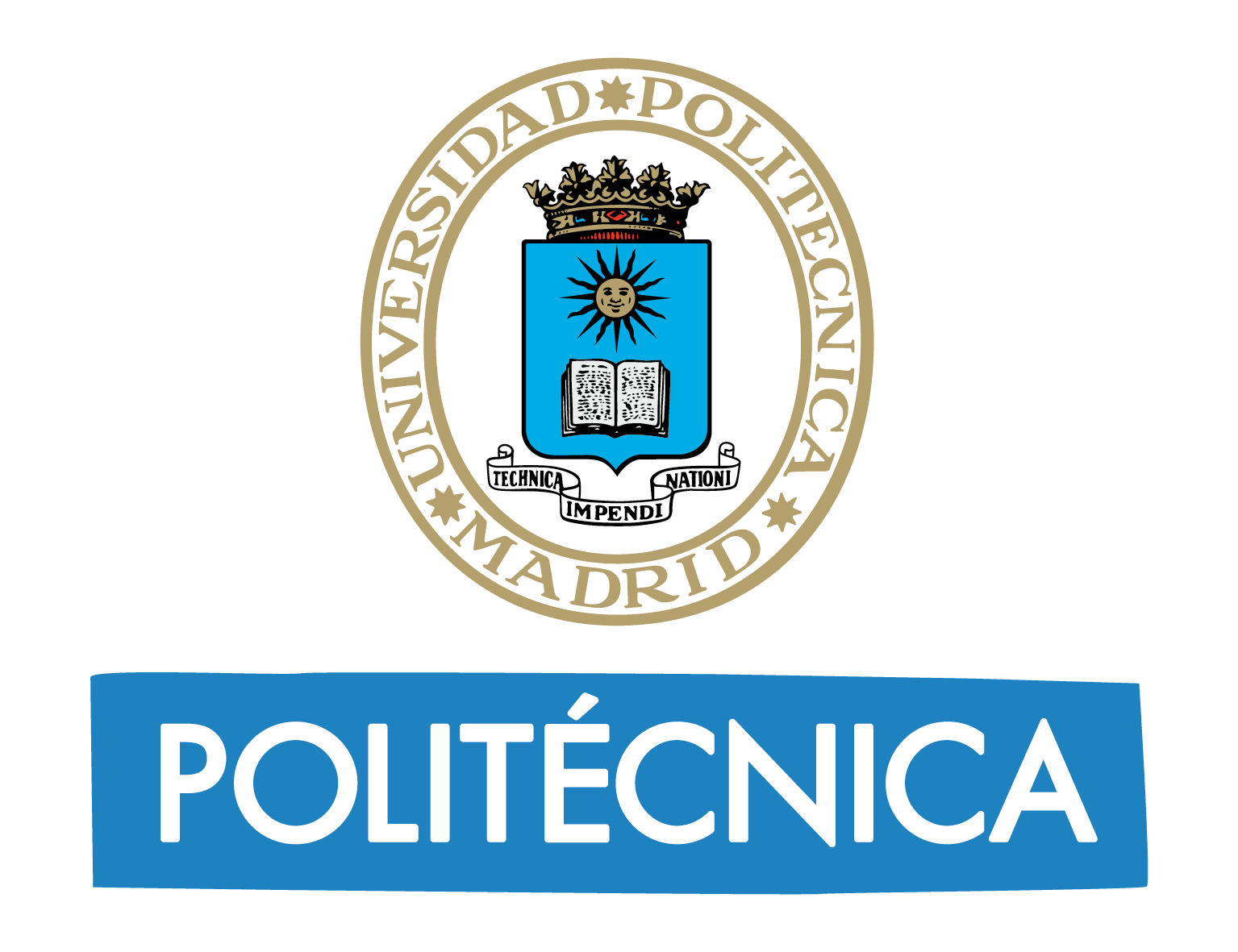Geomática aplicada a la Ingenieria y a la Arquitectura
| Centre | E.T.S.I. EN TOPOGRAFIA, GEODESIA Y CARTOGRAFIA |
|---|---|
| Official Degree | Geomática aplicada a la Ingenieria y a la Arquitectura |
| Web | https://www.topografia.upm.es/Docencia/Master/MasterGeomatica |
| Area | Engineering and Related Professions |
| Modality | On-campus and online learning |
| Credits | 60 ECTS |
| Languages | Spanish |
| Places | 30 |
| Contact | Julian Aguirre de Mata 91 06 73912 julian.aguirre@upm.es |
| Presentation | The Master's Degree in Geomatics Applied to Engineering and Architecture is arranged in response to the social need of training specialists with a high capacity for innovation and professional leadership. In addition, it qualifies for developing research and innovation activities in the field of Geomatics, particularly in Engineering and Architecture applications. Master graduates will be specialists in the design, development, implementation, management and improvement of products, systems and processes based on geographic data and geospatial information technologies. Likewise, they will master the basics and the practical application of subjects such as Geodesy, Photogrammetry, Remote Sensing and Cartography. In this way, they will be able to integrate Geomatics in the management of Engineering and Architecture projects as a key factor for the sustainable development of society. The Master's Degree in Geomatics Applied to Engineering and Architecture has a professional and research nature, including the possibility of developing external internships and giving natural access to doctoral studies in Geomatics Engineering. The Master consists of 60 ECTS credits, of which 40 correspond to compulsory subjects, 12 to the master's thesis and 8 are optional (to choose from an offer of 20 ECTS of optional subjects and a maximum of 8 ECTS of external internships) . The Master is taught in two semesters, with 30 ECTS each. The subjects of the first semester are all compulsory. Optional subjects and external internships are held in the second semester. The credits of the Master are distributed in five main subjects: (1) Remote data acquisition, in which modern methods and instruments for the acquisition of images and spatial data are studied, using fixed and mobile platforms (air and ground); (2) Analysis of the territory, in which key concepts are addressed to understand the spatial perception of the territory in general and of urban and coastal areas in particular; (3) Geodata and Geospatial Information Processing, in which spatial analysis methods and algorithm programming for specific geospatial applications are studied; (4) Representation of Geodata and Geospatial Information, in which you learn to model geospatial information and to represent it in maps, web services and three-dimensional models; and (5) Geodetic Engineering, which studies positioning and precision measurement at different scales (on Earth, in field applications, and in industrial applications). The Master's Degree in Geomatics Applied to Engineering and Architecture has two learning modalities, classroom and online teaching. This allows the students to follow the lectures differently, depending on their availability. In both modalities, the learning results achieved by the student are the same. |
| Interuniversity | No |
| Observations | Students following the online learning modality will have final evaluation exams face-to-face, as reflected in the official documentation of the Masters Degree. |



